It's probably something like this that you are after....

When this type of circuit is used for a bridge connected class AB audio amplifier (swap motor for speaker) it is important to reduce crossover distortion as much as possible by using both techniques of feedback and biasing the transistors slightly on with the diodes. Without the diodes, (bases connected together), as the input transitions towards mid-supply one transistor will switch off and feedback forces the op amp's output to "flick" rapidly by 1.4V to switch the other transistor on. This rapid transition takes a finite amount of time and therefore, in an audio amp, introduces distortion. Without the diodes this distortion is more significant at higher frequencies because the op amp's output transition time is more significant compared with the period of a higher frequency audio signal. Hence the use of the diodes in an audio amp to reduce crossover distortion beyond the reduction achieved by the feedback alone. But I take your point, maybe the small amount of distortion caused by leaving out the diodes would not matter in a motor driver. You could try leaving out the diodes, the 2k resistors and the 1R resistors. Connect the bases together, simulate the circuit and see what' going on.
You'll notice I have swapped your circuit top transistors over with the bottom ones. Your circuit was not a push-pull driver but a configuration of common emitter switches which is sometimes seen used as a DC motor driver but can create "shoot through" problems unless all four transistors are controlled individually with dead-time between the top and bottom transistors being switched. This was one problem with your circuit. You had both top and bottom transistors biased into conduction (causing shoot through) causing large unrequired currents to flow from the +30V to ground. This cannot happen with my design which uses emitter followers - a classical push-pull design approach.

